Text
Just learned about the Myxozoan Henneguya salminicola
H. salminicola is a parasite that lives a complicated life cycle that involves two hosts (usually a annelid and a fish).
It doesn’t have the mitochondrial genome which means it lost its ability to preform aerobic respiration.
As far as I know, it is the only animal that physically cannot breathe oxygen. And, yes, it is an animal.
Myxozoa are in the phylum cnidarian, which include corals, jellyfish, sea anemones, hydras, sea pens, sea whips, sea fans, etc.
Myxozoa is also a great example that evolution can go in the “opposite” way. These guys got simpilar instead of more complex.
Please correct me if I got anything incorrect
And here’s an article about it if you want to learn more: https://www.pnas.org/doi/10.1073/pnas.1909907117
#myxozoan#evolution#evolutionary biology#cnidarians#aerobic respiration#just learned about#Henneguya salminicola#H. salminicola#weird animals#science#biology#parasite
0 notes
Text
Tutor gave me work to do for homework but turns out we’re doing the same thing in class, so now I get to chill and read evolutionary and paleontology reports
0 notes
Note
ik I've been here a lot lolol-
Oregon snakes/vipers and Georgia birds?/notforcing
I can do those for you.
Here are some of my favorite Oregonian snakes:
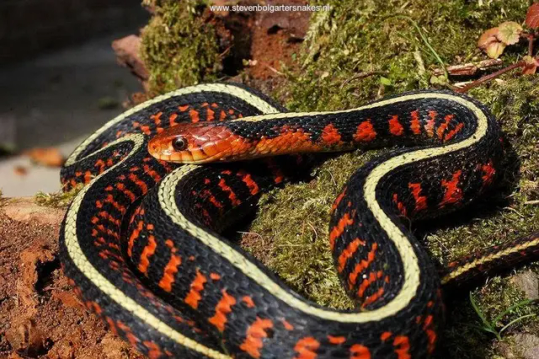
Oregon Red-spotted Garter Snake (Thamnophis sirtalis concinnus), family Colubridae, from Oregon, USA
photograph by Steven Bol

Rubber Boa (Charina bottae), family Boidae, OR, USA
photograph by Simon Wray, ODFW

Western Ground Snakes (Sonora semiannulata), family Colubridae, Western U.S.
photographs by Peter Paplanus
AND one good bird from Georgia, USA...
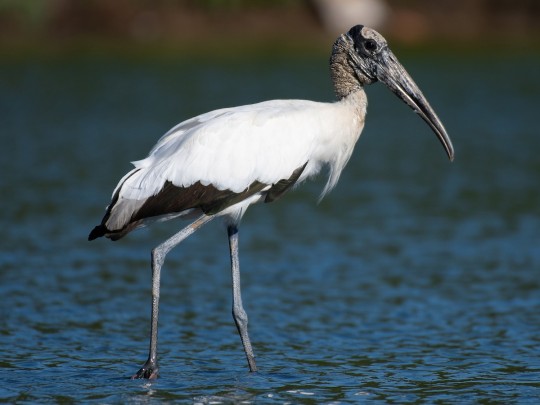
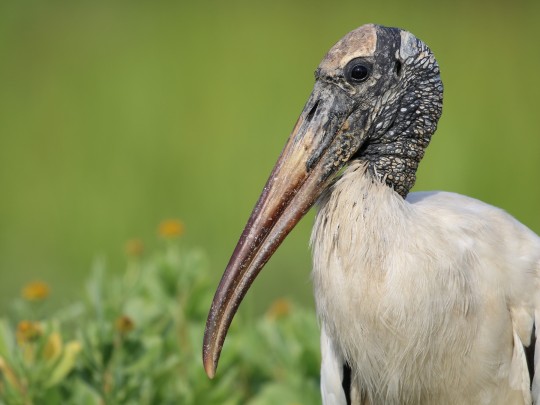
Wood Storks (Mycteria americana), family Ciconiidae, order Ciconiiformes, found in South America, Central America, Mexico, and the SE United States
In the US, they breed in winter in FL, GA, and SC, and then disperse more widely in Summer.
photographs by Rio Dante and Alec Hopping
174 notes
·
View notes
Text

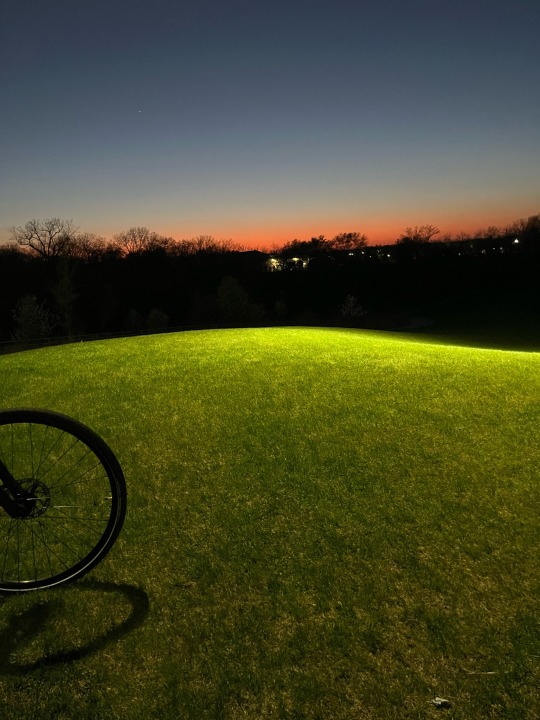
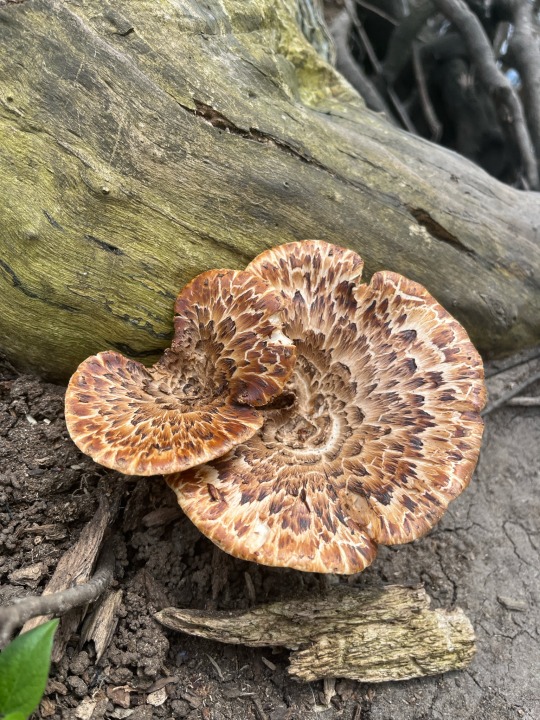
Hmm…
Tried some portrait photography, it’s kinda fun
Still prefer plants, animals, and landscapes
(Yes, I know these photos aren’t great)
2 notes
·
View notes
Text
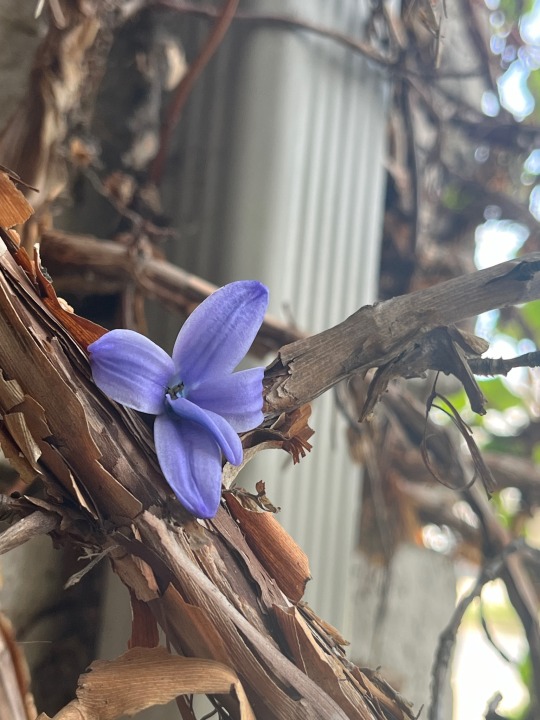



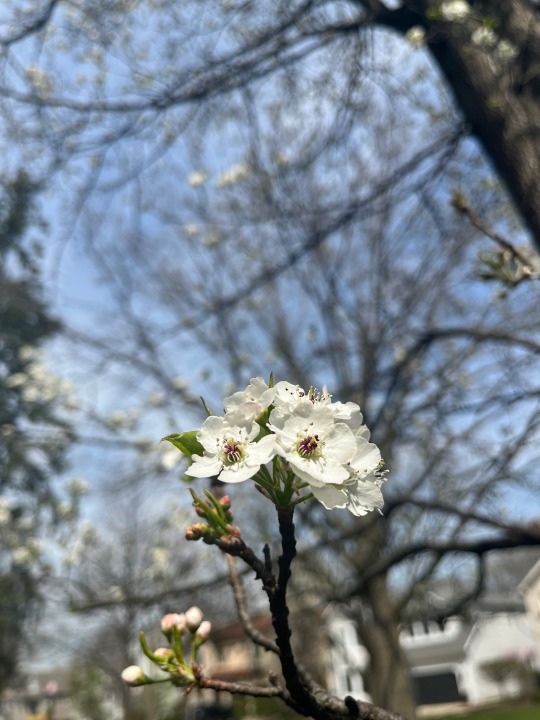

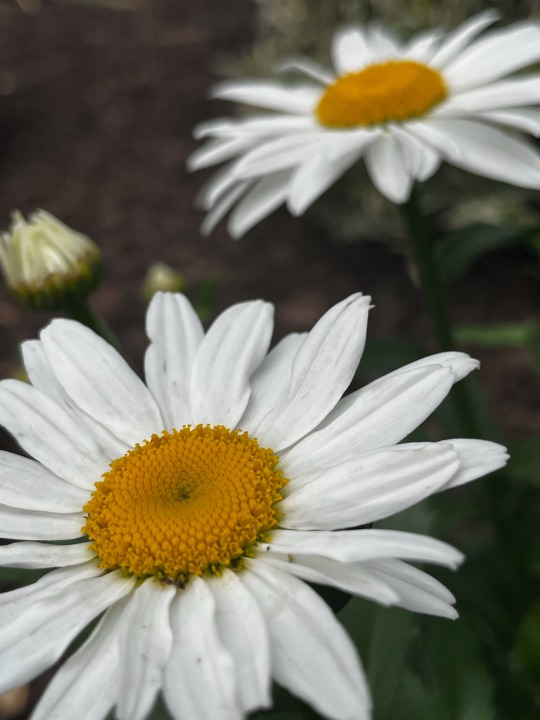

Spring has arrived ❤️
#spring#photography#flowers#flower photography#photoshoot#flower photoshoot#daisies#lilies#grape hyacinth#hyacinth#garden#periwinkle#periwinkles#callery pear#daffodils#nature
22 notes
·
View notes
Text
The Beauty of Seed Bugs......
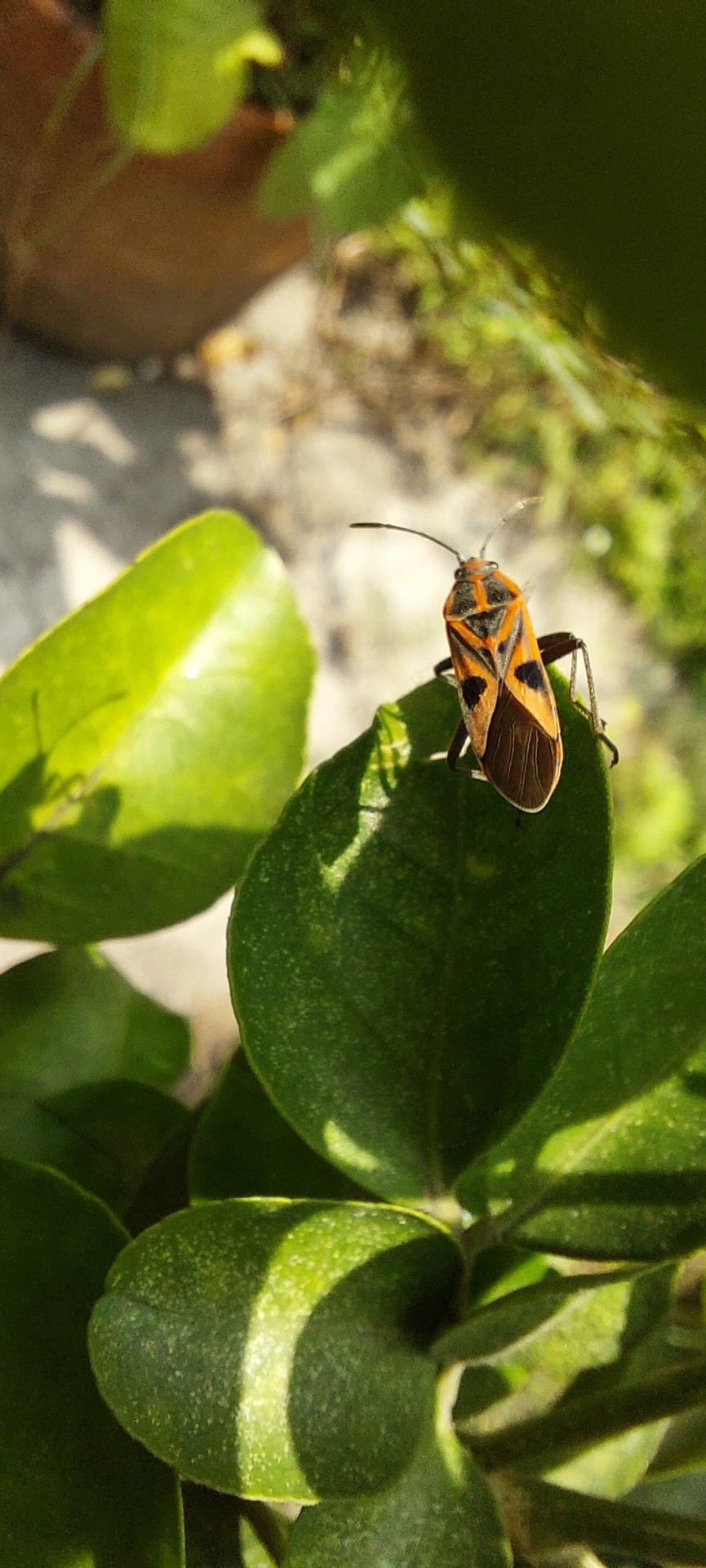
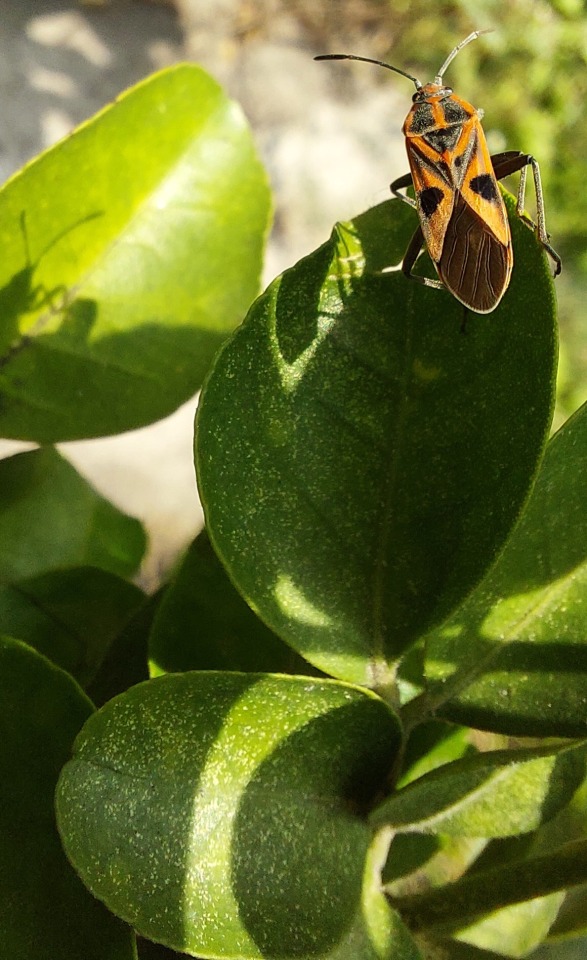
Spilostethus furcula (Seed Bug)
Spilostethus furcula is a species of seed bug in the Lygaeidae family, found in Africa, Europe, and the Middle East. It is also known as SPITFU.
𖢥࣪⋆⭒˚。𓆣
28/03/2024 (12:14 p.m.)
Once more, amidst the verdant beauty of my garden, I chanced upon this mesmerizing seed bug and preserved its beauty for eternity with my camera.
⭒‧₊˚𓍊𓋼𓍊 𖢥
7 notes
·
View notes
Text
That and researching random biology stuff and finding awesome animal facts
My favourite past time is drowning in my thoughts while eating oreos
1 note
·
View note
Text
My favourite past time is drowning in my thoughts while eating oreos
1 note
·
View note
Text
Just hit me that I’m an actual human being and not just a little forest nymph causing chaos in my head
1 note
·
View note
Text
I choose the cute little guy being evil
I aspire to be him
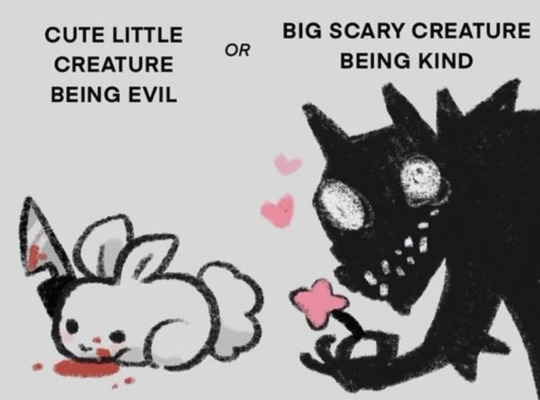
115K notes
·
View notes
Text
cute little worm
They’re so cool!!!
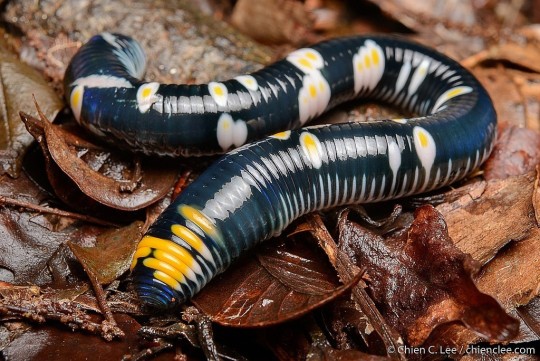
Name: Fried Eggs Worm (Archipheretima middletoni)
Debut: Real Life
What the! Whuzzah! That's a! WOW! This is how I felt upon learning about Fried Eggs Worm for the first time, and I hope you feel the same way, because MY GOODNESS! In this world, there exists an earthworm, which is a deep blue, and has spots that look just like sunny-side-up eggs. Sometimes it looks like the yolk was punctured and spilled out! Better hope a Toast Worm is nearby to sop that up!
I could not BELIEVE I had not learned about this creature until just a few months ago, and I could not let it be obscure any longer. This is one of the most incredible creatures, and now you know about it, too!
Perhaps the reason for its obscurity is that it was only "formally" discovered and named rather recently, in 2009. Of course, the people who had been living in its native range in the Philippines had known about it long before that! How could they miss it, really? I will remind you: this worm has Egg Imagery all over its body.

Some local folklore suggested that these silly little wigglies might be the juvenile form of an eel species from a nearby river, and if you're familiar with eel development, something that strange doesn't seem all that out of character for an eel. The truth is, the Fried Eggs Worm is quite out of character for an earthworm! It is more of a leaflitterworm, because instead of burrowing in the soil, it burrows in the leaf litter. It is thought that the funny spots might help it camouflage in there by resembling light pouring through the leaves, kind of like a baby deer's or tapir's spots!
The Fried Eggs Worm does not spend ALL of its time in the leaf litter. Oh, no. It isn't even born in there. It's born in a doggone TREE. Their babies have been found in the leaf axils of the pandanus tree, meaning their parents CLIMB TREES in order to reproduce. Arboreal annelids! These limbless tubes are better at climbing trees than we are, and we're apes! And more ridiculous still, so far only one baby worm has been found per tree. These babies might each get an entire tree all to themselves with no competition. Is that really necessary? I think Fried Eggs Worm may be showing off, but it has every right to do that. I hope it continues!
Fried Eggs Worm should be the new Easter mascot. Nothing against rabbits, but they're one of the most popular animals. They have enough, I think. And they're not Egg at all! They don't lay eggs, and they don't have any visual egg motif. Fried Eggs Worm, however, lays eggs, and is covered in egg iconography! Second only to Fried Egg Jellyfish.
In conclusion, this eggcellent creature worms my heart, and I hope you feel the same way, especially if you did not know of them before! It feels representative of the fact that we will never know every creature of this world, and there will always be more to learn!
If you're a REALLY devoted Fried Eggs Worm Superfan and want to show it to the world, use this simple guide to steal their look!

-blue
-egg
287 notes
·
View notes
Text
Dry Beast Monday: chinchillas
For over a year now I've been doing weekly Wet Beast Wednesday posts where I do a deep dive on some aquatic animal, and you know what? I'm tired of it! This is now a dry beast blog!* And where better to start than an animal that can literally die if it gets wet? Beasts can't get much dryer than that. So strap in for the first Dry Beast Monday... Dmonday?... Drunday? Whatever, it's the chinchilla.
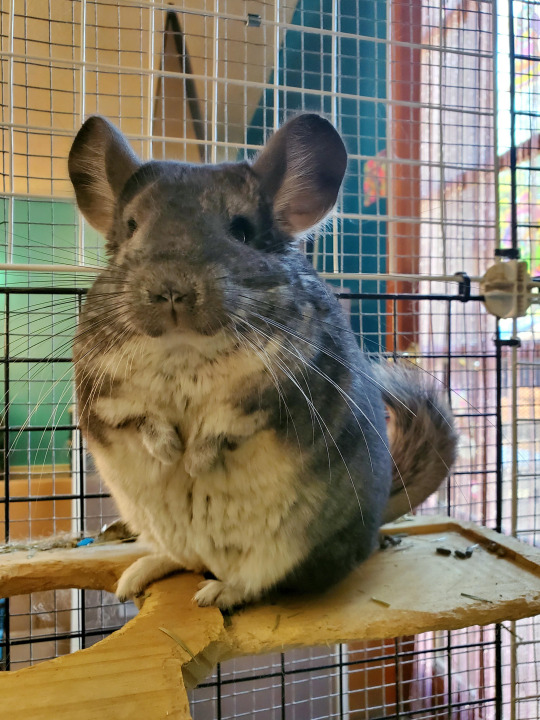
(Image: a pet chinchilla in a cage, standing upright on a wood platform that has been heavily chewed. It is a rotund mammal with a similar body plan to rabbits, featuring a large head distinct from a round body. Its hind paws are larger than the forepaws and have more distinct toes. Its eyes are almost completely black and it has a flat nose with very long whiskers. The ears are large, rounded, and mostly furless. The tail is bristly hair like a squirrel's and is curled up. Most of its fur is a dark grey but the fur on its underside is white. End ID)
Chinchillas are rodents (the best mammals, fight me) that are members of the family Chinchilladae along with the viscachas. There are two living species of chinchilla: the long-tailed chinchilla (Chinchilla lanigera) and the short-tailed chinchilla (Chinchilla chinchilla, formerly Chinchilla brevicaudata). The two species can produce sterile hybrid offspring. Domesticated chinchillas are descended from the long-tailed chinchilla. All chinchillas are medium-sized rodents with powerful back legs, long whiskers, large ears, and extremely dense fur. In comparison, the short-tailed chinchilla is larger and has a shorter tail, thicker and less distinct neck and shoulders, and smaller ears. The most famous feature of chinchillas is their fur. At about 20,000 hairs per square centimeter, chinchillas have the second densest fur of any mammal, second only to sea otters. Each hair follicle grows up to 50 hairs, compared to human follicles, which only grow 1. The fur is famous for being incredibly soft, often described as velvety. If you've never felt a chinchilla its really hard to describe just how soft they are. The fur is so dense because Chinchillas live in the highlands of the Andes mountains where it gets very cold. The fur is used for insulation and even with it being so thick, chinchillas still need to bask in the sun to warm themselves up. The fur is actually the reason why chinchillas can't get wet. Their fur is so dense that wanter can't evaporate easily, instead remaining around long enough for fungus to start growing in the fur. This can lead to a lot of different skin conditions and infections that can be lethal. When chinchillas bathe, they take dust baths. By rolling around in volcanic ash, the can work the ash into their fur, where it absorbs oils, moisture, and other contaminants. This keeps the fur clean and healthy. Domestic chinchillas need specially made dust for their baths. It cannot be substituted with sand or other materials. Chinchillas can release chunks of their fur in order to escape from predators, leaving the predator holding nothing but a tuft of hair while the chinchilla runs away. This is called fur drop and in domestic chinchillas it can be a sign of mishandling or stress. Wild chinchillas have grey fur, but domestic breeds have been bread to have other colors of fur, including white and black. Chinchillas can't sweat, which isn't a problem in their natural habitat, but is for domestic chinchillas. The only way for them to cool down is to expose their ears (which are hairless and heavily vascularized) to wind. Chinchillas in temperatures at or above 26 degrees C (80 F) are at risk of having heat strokes. Daytime in the Andes can exceed those temperatures, so chinchillas hide in burrows during the day. Chinchillas are very skilled at jumping, able to leap up to 1.8 meters (6 ft). Their hind legs are longer than the forelegs and provide propulsion when walking or jumping. The toes has fleshy pads called papillae that help them grip onto surfaces. Chinchillas live in arid, rocky conditions and are skilled at leaping between rocks. The tails act like rudders, providing stability and direction when leaping. The front feet are capable of gripping and picking up objects. Females tend to be larger than the males, but there is otherwise little visual difference between the sexes. Wild short-tailed chinchillas can reach 38 cm (including tail) and 800 grams while wild long-tailed chinchillas can reach 26 cm (including tail) and 450 grams. Domestic chinchillas can get up to twice the size of their wild relatives.

(Image: a wild long-tailed chinchilla sitting under a rock. Its body plan is the same as the pet chinchilla above, but its fur is a lighter grey End ID)

(Image: a short-tailed chinchilla in captivity. It has a less distinct neck than the long-tailed chinchilla, making it look like its head merges with the body. Its tail is shorter than that of the long-tailed chinchilla, making up about 1/5th of its length as compared to the long-tailed chinchilla's 1/3rd. End ID)
Chinchillas are social animals that live in colonies called herds that can reach up to 100 members. Females dominate the herds and can be aggressive toward each other, though physical fights are rare. The herd cooperates when finding food, always having at least one member acting as a lookout to spot predators while the rest feed. They communicate vocally, with 10 types of vocalizations on record for. Social behaviors include grooming, playing, and friendly nibbling of each other's ears. Pet chinchillas should never be kept alone. They should be in same-sex groups of at least 2. Chinchillas are crepuscular, active mostly at dawn and dusk. During the day and night, they are usually found hiding in burrows or crevices between rocks, where they can avoid predators and high or low temperatures. They are primarily herbivores, but will supplement their diets with insects and other bugs. Most of their diet consists of grasses, seeds, and succulents and cacti. Wild ones almost never drink water, instead getting all of their hydration from their food. Chinchilla digestive systems are fairly specialized to their food. Domestic chinchillas need special-formulated food and can only have wooden chew toys form certain species of wood. Fresh or dried fruit is good for a treat, but should not be a regular part of their diet as they have a lot of sugar. As with all rodents, the incisors grow continuously through the animal's entire life and need to be worn down by chewing on things.
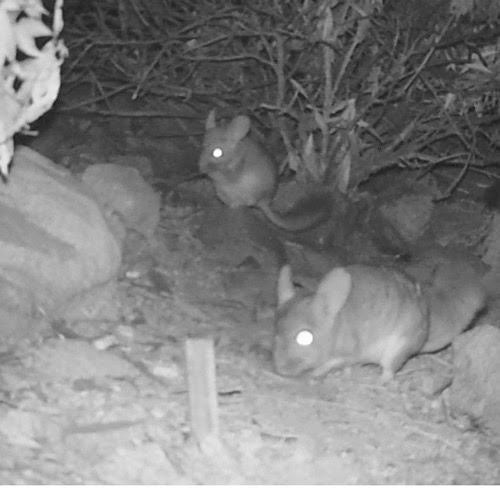
It is surprisingly hard to find good-quality images of wild chinchillas. Most of the time when you search for wild chinchilla pictures what you get are either domestic chinchillas or viscachas.
(Image: a trail-cam shot of two wild long-tailed chinchillas. The photo is i black-and-white. One is in the foreground on all fours while another is on its hind feet in the background, standing on a rock. The terrain is rocky and the chinchillas are next to a shrub. The camera's light makes their eyes appear to glow white. End ID)
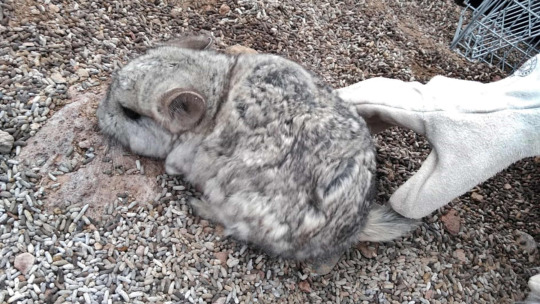
(Image: a wild short-tailed chinchilla that is part of a relocation effort. Its fur is light grey with darker patches. A gloved human hand is reaching in from the right side of the image. End ID)
Male chinchillas appear to be fertile year-round, but females only enter estrus during the winter, from May to November in their natural habitat. Gestation takes around 120 days in both species and both species typically have two litters a year (a low rate for a small mammal). Offspring (called kits) are born well-developed, with fur and open eyes, and can run as soon as they are born. They nurse for 6-8 weeks before being weaned. 1-6 kits are born at a time, with 2 being the usual number. Chinchillas are monogamous, mating for life. Either partner can initiate mating, which they do so with hair-pulling. Unusually for rodents, male chinchillas do provide care for their offspring. Members of the same herd will help each other with parenting. Female chinchillas have been known to adopt the kits of other females who can't nurse due to health issues. Females are usually dominant due to their size. Chinchillas become sexually mature at around 8 months. In the wild they can live for 10 years, which is doubled in captivity.
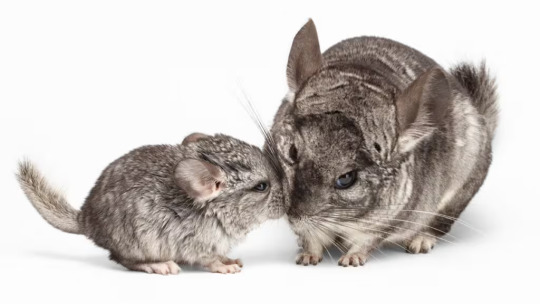
(Image: an adult domestic chinchilla with a juvenile. The juvenile is smaller than the adult, with proportionally larger head and limbs and proportionally smaller tail. The two of them are nuzzling their snouts together. End ID)
The name chinchilla comes from the Chincha people of the Andes, who hunted chinchillas for their fur and meat. This hunting increased vastly after European colonization of South America. Between hunting and trapping, both species of chinchilla were brought to near extinction and vastly reduced their native range. Both species are now only found in Chile and have been granted legal protection. The IUCN switched their classifications between Vulnerable, Endangered, and Critically Endangered for a while. As of 2016, both species are classified as Endangered, upgraded from Critically Endangered as their populations have seen some improvement. Poaching, both for fur and capture for sale as pets, is still a large threat to wild chinchillas. Their close cousins, the viscachas, are doing much better as they were not hit as hard by the fur trade. The domestication of the long-tailed chinchilla is thanks to Mathias F. Chapman, an engineer who became fascinated with the animals after meeting a native person who was trying to sell one. He ended up getting permission from the government of Chile to capture several and import them to the USA. It took him 3 years to catch enough that he considered suitable for breeding, 11 in total. He then spend over a year gradually bringing them down from the highlands to sea level, giving them plenty of time to acclimate to the lower altitude. Once in the USA, Chapman started breeding his chinchillas in a farm in California, though he had to deal with medical problems and a thief stealing half of his stock. Eventually, though, his experiment paid off. The vast majority of all domesticated chinchillas today are descended from those original 11, brought to the states in 1923. Chinchillas today are raised in captivity for their fur, for use as laboratory animals, and as pets. While both species are raised in captivity for fur, the domesticated chinchilla is descended from the long-tailed chinchilla and short-tailed chinchillas apparently do not make as good pets.
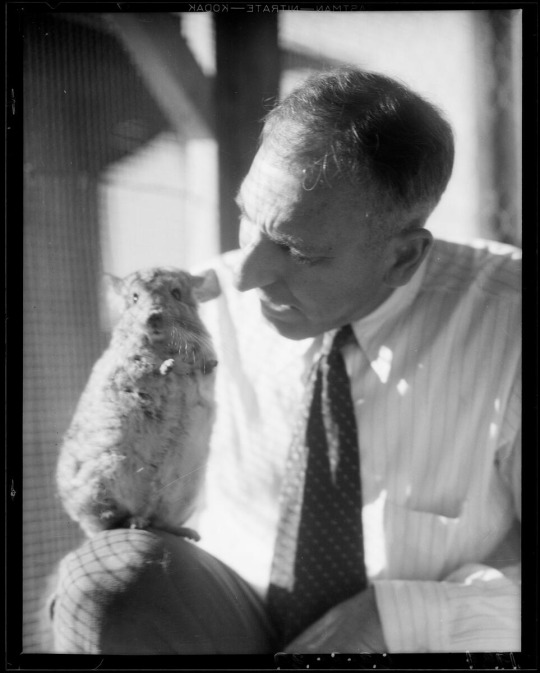
(Image: a black-and-white photo of Mathias F. Chapman, a white man with a large nose wearing a shirt and tie. A chinchilla is standing on his leg and looking at the camera while he looks at the chinchilla. End ID)
* April Fools
94 notes
·
View notes
Text
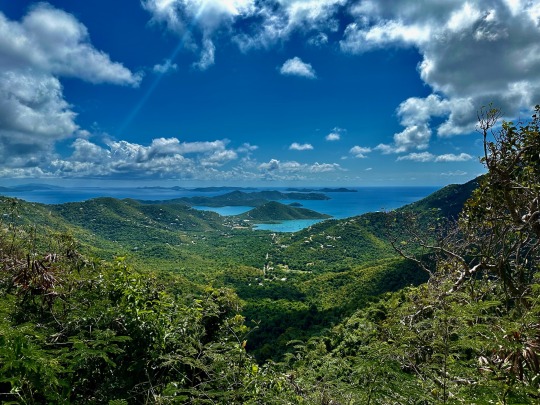

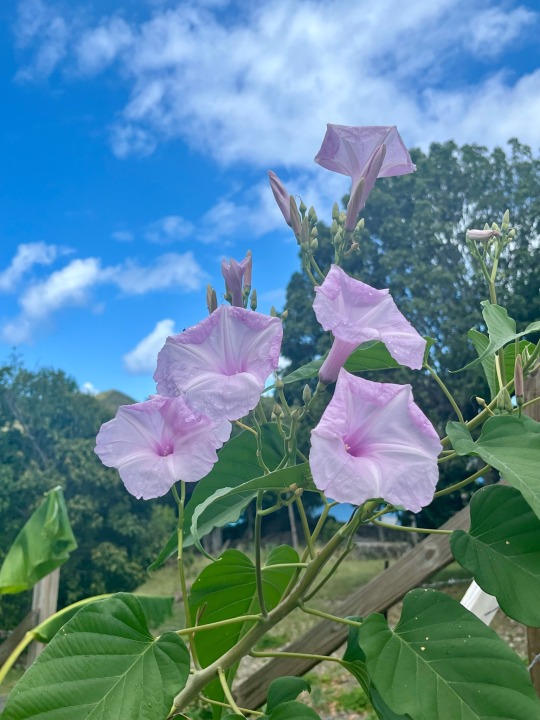





U.S. Virgin Islands National Park.
8/63
#st john#virgin islands#national park#photography#landscape photography#landscape#outdoors#ocean#flowers#morning glory#islands#us national parks#ruins#sugar factory#old building
3 notes
·
View notes
